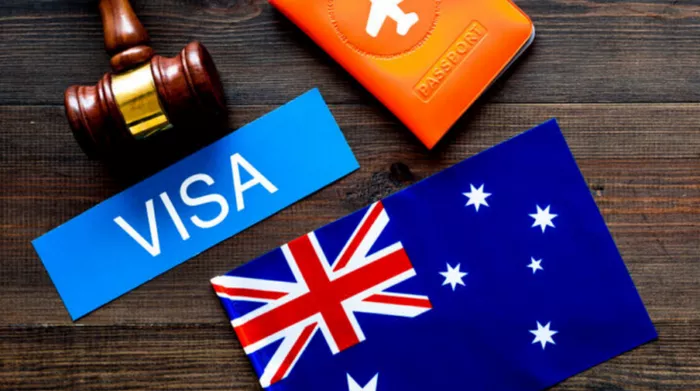Australia, renowned for its high standard of living, vibrant culture, and robust economy, stands as a beacon for individuals and families worldwide seeking new opportunities and a better quality of life. As one of the most popular immigration destinations globally, Australia offers a diverse array of pathways for migration, each tailored to cater to different circumstances, qualifications, and aspirations of prospective migrants. Understanding these pathways is essential for anyone considering relocating to Australia, whether as a skilled professional, an entrepreneur, a student, or someone seeking to join family already settled in the country.
1. Skilled Migration
Australia’s skilled migration program is pivotal in addressing labor shortages and attracting individuals with high-demand skills to contribute to the country’s economy. This program encompasses various visa subclasses:
Skilled Independent visa (subclass 189): Designed for skilled workers who are not sponsored by an employer, a state, or a family member. Applicants must submit an Expression of Interest (EOI) and be invited to apply for this visa.
Skilled Nominated visa (subclass 190): Allows skilled workers nominated by a state or territory government agency to live and work in Australia as permanent residents.
Skilled Work Regional (Provisional) visa (subclass 491): Replaces the Skilled Regional (Provisional) visa (subclass 489) and requires nomination by a state or territory government or sponsorship by an eligible family member residing in a designated regional area.
2. Employer-Sponsored Migration
Employer-sponsored migration facilitates the entry of skilled workers nominated by Australian employers to fill specific positions that cannot be filled locally. Key visa subclasses include:
Temporary Skill Shortage visa (subclass 482): Allows skilled workers to work in Australia for an approved employer for up to four years, depending on the occupation and employer’s needs.
Employer Nomination Scheme (subclass 186): Provides a pathway to permanent residency for skilled workers nominated by their employer to work in Australia.
Regional Sponsored Migration Scheme (subclass 187): Designed for skilled workers nominated by an employer in regional Australia for permanent residence.
SEE ALSO: HOW TO GET AN AUSTRALIAN WORK VISA
3. Business and Investment Visas
Australia actively encourages business and investment through various visa options tailored to entrepreneurs, investors, and business owners:
Business Innovation and Investment (Provisional) visa (subclass 188): Offers a pathway to permanent residency for individuals willing to invest in or establish a business in Australia.
Business Talent (Permanent) visa (subclass 132): For high-caliber business owners or entrepreneurs who have sponsorship from an Australian state or territory government.
4. Family Visas
Family migration plays a crucial role in Australia’s immigration policy, promoting family reunification and support:
Partner visas: For spouses, de facto partners, and prospective spouses of Australian citizens, permanent residents, or eligible New Zealand citizens.
Parent visas: Designed for parents of Australian citizens, permanent residents, or eligible New Zealand citizens.
Child visas: For dependent children of Australian citizens, permanent residents, or eligible New Zealand citizens.
5. Student Visas
Australia is a leading destination for international students seeking quality education and career opportunities:
Student visa (subclass 500): Allows international students to study full-time at an Australian educational institution.
6. Special Eligibility Visas
Australia provides additional visa categories for individuals with unique circumstances:
Distinguished Talent visa (subclass 858): For individuals with exceptional and internationally recognized achievements in a profession, sport, the arts, or academia.
Refugee and Humanitarian visas: For individuals who are refugees or need protection.
Conclusion
Navigating Australia’s migration pathways requires thorough understanding of individual circumstances, eligibility criteria, and visa requirements. Each visa subclass has specific criteria and application processes that must be meticulously followed to maximize the chances of a successful migration outcome. Whether pursuing skilled migration, employer sponsorship, family reunion, business ventures, educational opportunities, or seeking humanitarian protection, prospective migrants to Australia benefit from comprehensive research, professional guidance, and strict adherence to immigration laws and regulations.
Choosing the most suitable pathway ensures that individuals and families can embark on a new chapter in Australia with confidence and optimism for the future. By leveraging Australia’s diverse migration options, applicants can contribute their skills, talents, and ambitions to a nation known for its welcoming environment, cultural diversity, and abundant opportunities for personal and professional growth. Embracing the journey towards migration to Australia involves careful planning, determination, and a proactive approach to achieving long-term residency and integration into Australian society. With proper preparation and a clear understanding of the available pathways, aspiring migrants can navigate the complexities of Australian immigration with clarity and purpose, paving the way for a successful and fulfilling life Down Under.


